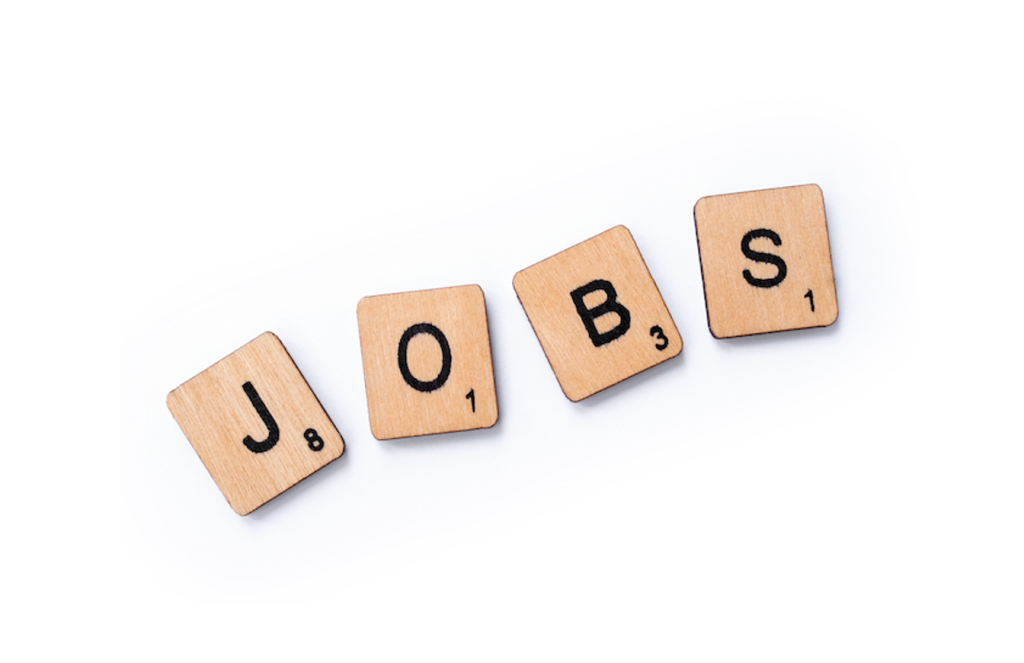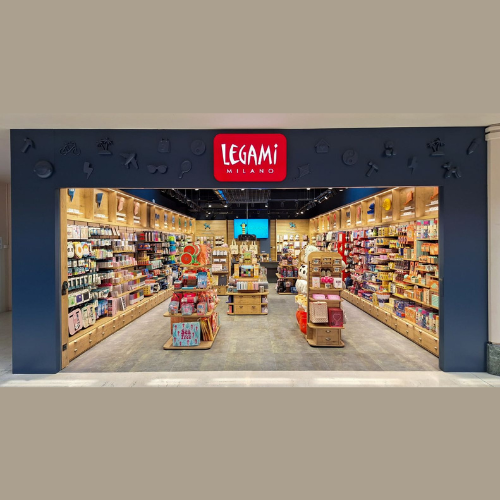The growth in sales of planners, organisers and notepads can be linked to more people working from home, but there’s also a move towards physical products as people choose to disconnect from screens.
Planners have evolved significantly over the years to cater to diverse needs and preferences. While dated diaries are still popular, there are many more undated products, featuring to do lists, goal setting and mood trackers, for example, as well as monthly, weekly, daily layouts. And although digital tools are fully integrated into our way of life, there is still something very satisfying about writing things down.
“There’s certainly been increased demand for tangible products, driven by people working from home,” says Jana Starcevic, co-founder and creative director of The Completist. “We saw an uptick during the pandemic when WFH was at its height. Personally, I use digital calendars to keep track of time-sensitive things where I might need a reminder, but I use paper products to get my ideas and plans down. There’s something really satisfying about getting lists down on paper and ticking them off.”

Combining a physical product with digital is key for Papier’s customers too, with Taymoor Atighetchi, founder and ceo commenting: “It’s rarely either-or, but more about finding balance with the appeal of putting pen to paper in an increasingly digital world. Our data reveals that 65% of our customers integrate planners with digital calendars, showing a desire for both analogue and digital organisation tools. Much of this is linked to the fact that over a third of millennial consumers increasingly choosing to disconnect from their screens and, in particular, social media, turning to physical products that help with their productivity and mental well-being.”
Taymoor also notes that consumers are seeking affordable luxuries that spark joy without breaking the bank amid economic uncertainties. “Stationery fits this perfectly, offering a small yet meaningful indulgence. As a result, we’re witnessing growth in this sector driven by a desire for both mental well-being and simple pleasures.”

Luxurious, yet affordable was the goal when Ohh Deer was developing its range of daily planners “that allow people to get organised daily, while not having the rigid and sometimes off putting structure of a diary,” says Adam Williams, head of data and services. “Our ranges have changed over the years, however our core collection contains 16 SKUs with a mixture of contemporary, block colour and licensed offerings, we don’t like to stand still however, so we’ll be refreshing our offering every year.”

Stationery is not just functional but also a form of artistic expression for many. It allows individuals to communicate their unique identity and artistic flair. As remote work becomes the norm, the demand for stationery that speaks to individual style is on the rise.
“It’s about elevating our workspaces with personality,” says Sarah Singleton, marketing director at Ryman. “There’s a distinct pleasure in organising our thoughts and tasks with pens and paper, but we are witnessing ever-growing trends of customers looking for more design-led products. This evolution shows a growing desire among consumers to synchronise their stationery with their seasonal styles and aesthetics.”

Moving away from a traditional planner, Ingenious Ink offers a range of notepads designed ‘to help you get things done’. “Online task planners on devices can be great for complex projects or a bird’s eye view, but can also leave you feeling the need to check your email or answer chats from colleagues, which can make it harder to focus,” says Ingenious Ink founder, Claudia Stocker. “We’re helping home workers shut their laptops for five minutes and make space to think about what really needs to be done and when. Our most popular products are the frog notepad, task matrix, the fail better notepad, and the life audit notepad. The first two are productivity and task-based, the latter two are reflective notepads that are more related to mental health.”
Top: Millennials combine Papier’s physical products with digital tools.

























